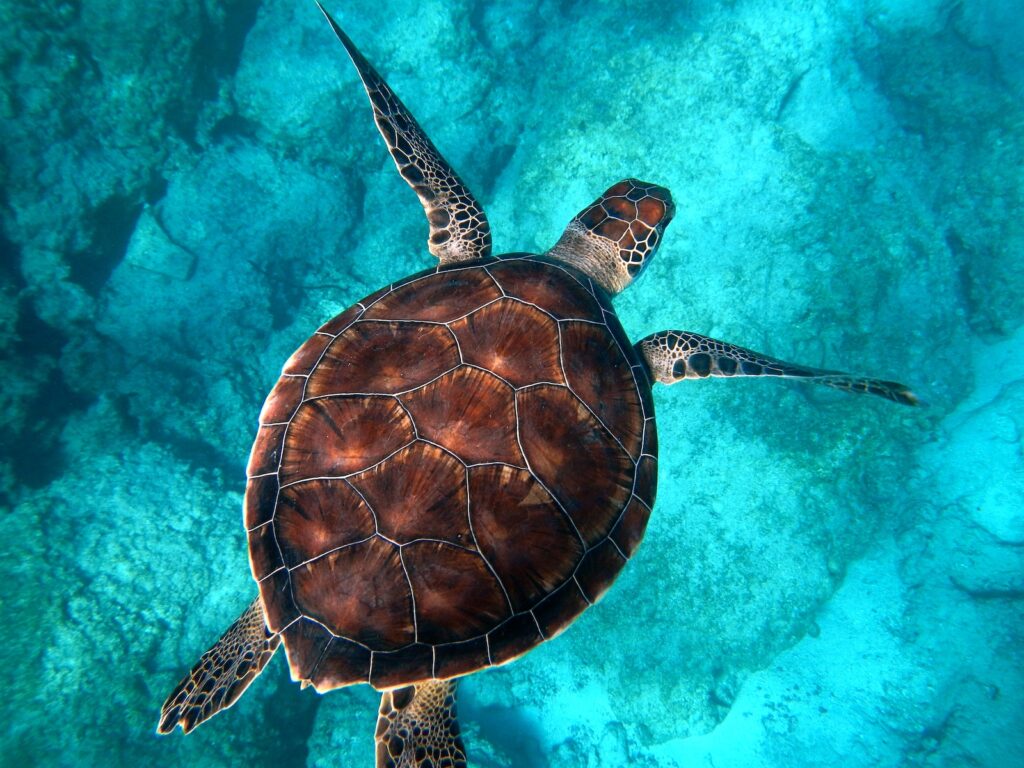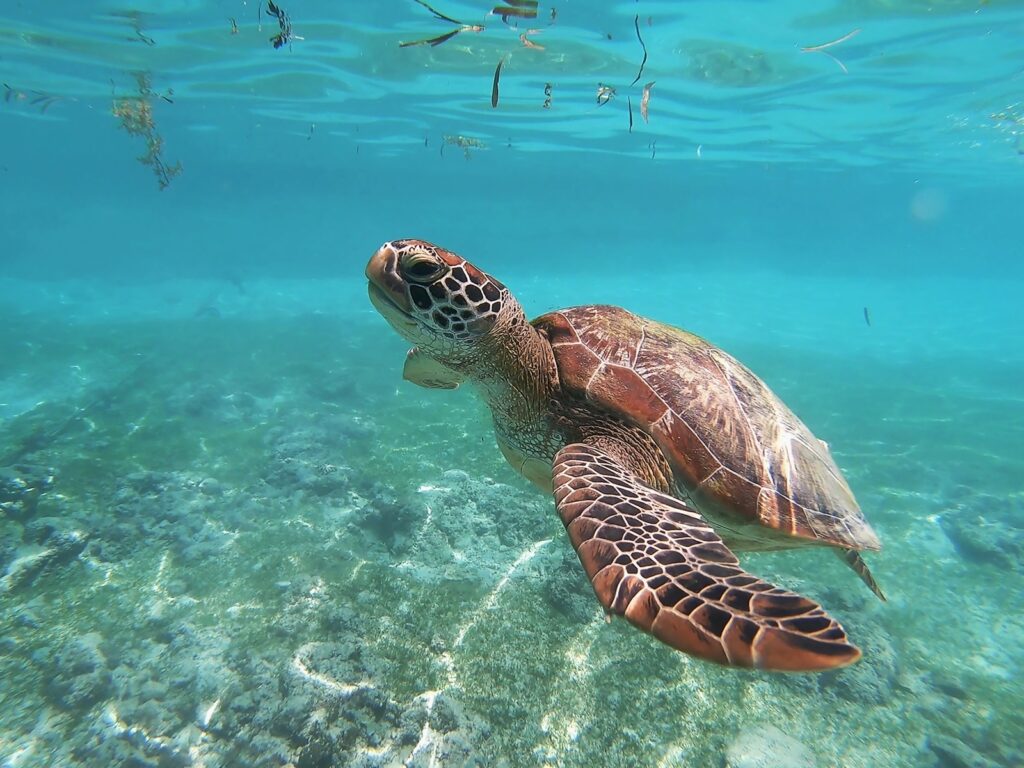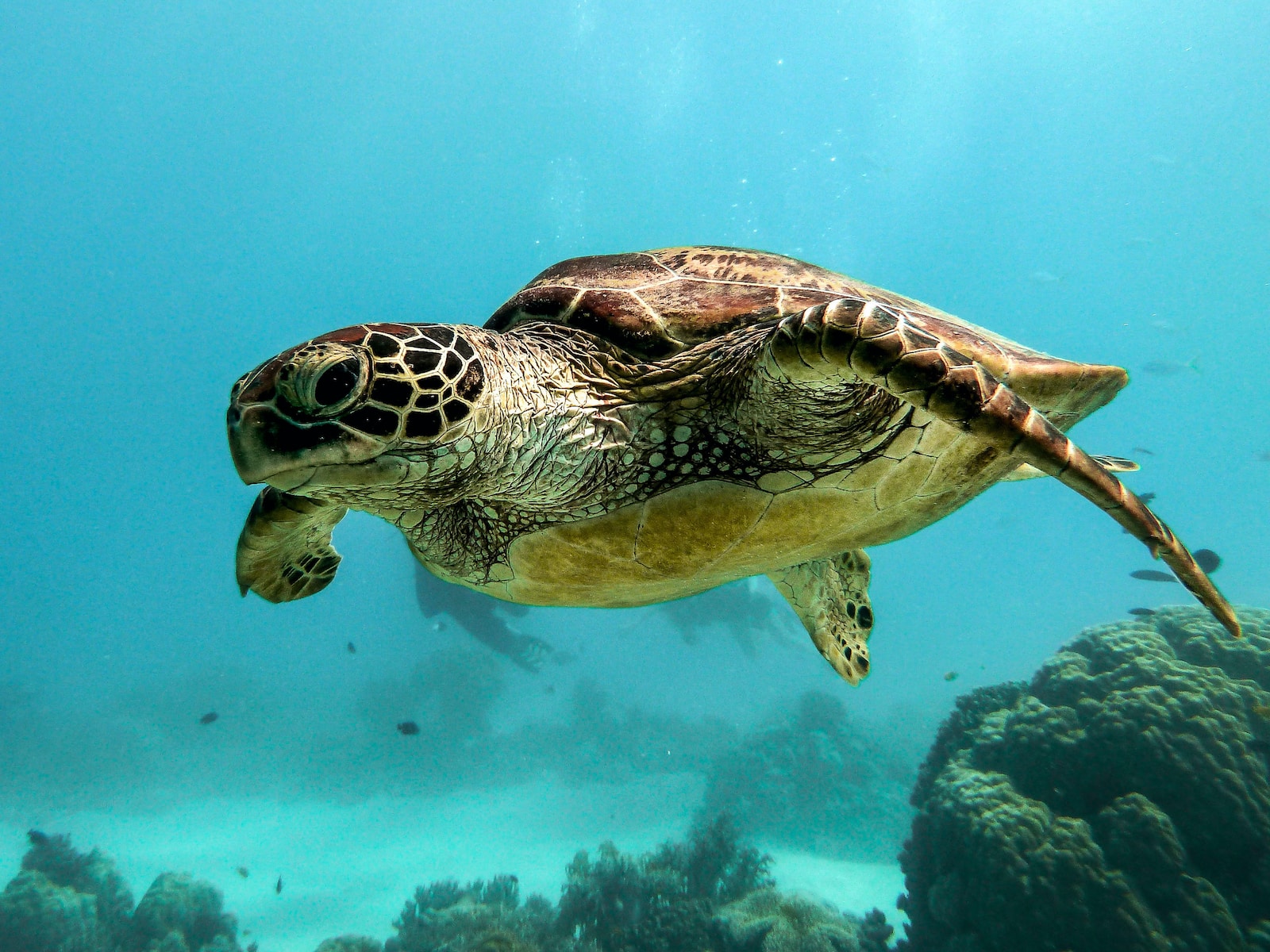Turtles have been roaming our planet for over 200 million years. And while many animals come and go, turtles remain one of nature’s more enduring creations.
Some turtles live for over a century! The fascinating longevity of turtles prompts many questions. Just how long do these shelled reptiles live on average?
Does captivity impact their lifespan versus living in the wild? Do gender and species factor in as well? This blog post will satisfy your curiosity about the average turtle’s lifespan and the incredible factors that enable their extended golden years.
The Average Lifespan of a Turtle

The average lifespan of a turtle varies greatly depending on the species, with some living for just a few years while others can reach impressive ages of over 100!
For example, the Mediterranean Spur-thighed Tortoise lives an average of 30-50 years, while the giant Aldabra Tortoise boasts an average lifespan of 150 years and can even reach 250 years in exceptional cases.
These differences highlight the amazing diversity and adaptability within the turtle family.
What Determines Turtle Lifespan?
Many interplaying variables impact just how long a turtle will walk the earth, including:
- Species – Different species have varied lifespans based on size, metabolism, breeding habits, and more. Smaller turtles tend to live shorter lives, while larger species hit triple-digit ages.
- Habitat – Turtles dwelling in natural habitats without predators and competition live longer than more vulnerable populations. Stable, high-quality environments enable longevity.
- Diet – Optimal nutrition from diverse foods sourced naturally gives turtles the fuel for longevity. Captive turtles especially those fed vitamin-rich diets hit older ages.
- Threats – Turtles facing more diseases, predators, hunting, habitat destruction, and climate threats tend to die younger, unable to thrive in suboptimal, unstable conditions.
- Self-Repair – Turtles have evolved enhanced DNA repair, protective mechanisms against cell/tissue damage, and an ability to thrive even with injuries/missing limbs. This self-repair enables one to reach an advanced age even when facing hazards.
- Hibernation – By slowing down metabolism and activity in winter months, turtles conserve energy for improved longevity throughout their lifetimes.
With a deep dive into how species, habitat, diet, threats, and turtle physiology influence longevity, let’s explore average lifespans…
Average Lifespan of Turtles in The Wild
For turtles dwelling in natural habitats, the average lifespan varies widely by both species and location. Differences in size, metabolism, breeding habits, and threats impact tenure on Earth.
- Sea Turtles: 80 years
- Giant Tortoises: 100 years
- Red-Eared Sliders: 20 years
- Painted Turtles: 25 years
- Snapping Turtles: 47 years
- Map Turtles: 30 years
- Mud Turtles: 20 years
- Musk Turtles: 15 years
The most enduring sea turtle species, leatherback sea turtles reach 60-70 years on average. Meanwhile, vibrant Galapagos tortoises and Aldabra giant tortoises have members reaching ages over 150 years old!
Does Captivity Increase Turtle Lifespan?
For vulnerable turtle species, zoos, and conservation centers with protected environments, medical care and specialized diets boost longevity. Compare the lifespans of species both in captivity and the wild below:
- Sea Turtles: 80 years wild vs. 90 years in captivity
- Giant Tortoises: 100 years wild vs. 177 years captive record
- Red-Eared Sliders: 20 years wild vs. 40 years captive
- Painted Turtles: 25 years wild vs. 55 years captive
With diligent caretakers addressing threats, and injuries and optimizing diets, turtle lifespans expand in captivity.
Miller Park Zoo’s four male common snapping turtles for example lived over 47 years, doubling 25-year wild averages! More stable conditions reduce wear and tear for improved longevity.
How Gender Influences Turtle Lifespan
Across species, female turtles tend to outlive their male counterparts by several years or even decades due to slower growth rates and less risky reproductive behavior.
Slower-growing females devote more initial energy to self-repair, while males divert energy towards breeding competition.
Jonathan the Seychelles giant tortoise for example lived to 190 years old, well past partner Frederika’s mere 150 years. Harriet the Galapagos tortoise similarly hit 175 years old, outpacing her male companion.
Does a Smaller Size Equal a Shorter Turtle Lifespan?

Tiny turtles with faster metabolisms do tend to live shorter lives on average than their slow-paced giant counterparts.
Terrapins and mud turtles for example seldom exceed 20 years, while giant tortoises’ metre-long frames allow them to reach 160+ years old. However, smaller turtles can still double-decade lifespans through hardy endurance.
A hearty male eastern box turtle named Fred for example lived a vibrant life from 1897 to 2014, reaching a stunning 117 years old! Proper habitat with plentiful food and few threats enabled him to far outpace limitations of size.
The Longest-Lived Turtle Species
Now that we’ve covered averages, which specific turtle species have members that broke records with extraordinary longevity? Below the species hitting the most triple-digit or close to 200-year lifespans:
- Aldabra Giant Tortoises – Average 136 years, record 255 years old!
- Galapagos Tortoises – Average 120 years, record 188 years
- Green Sea Turtles – Average 80 years, record tracked at 120
- Geometric Tortoises – Average 125 years
- Red-Footed Tortoises – Average 90 years
Jonathan the Aldabra reached the oldest-ever turtle age at a remarkable 255 years old before dying of natural causes.
Meanwhile, giant tortoises Harriet, Lonesome George, and Esmerelda all lived between 170-180 years. Stable island habitats with fewer threats and competition boosted their golden years.
The Turtle Longevity Hall of Fame reminds us these enduring reptiles can push natural limits given ideal protected conditions. Their extended golden years put even other famously long-lived creatures to shame!
Protecting Turtles for Maximized Longevity
This blog explored incredible maximum turtle lifespans over 200 years and secrets enabling decades more average tenure vs the wild. Unfortunately climate change, habitat loss pollution, and hunting increasingly threaten many species.
How can we better support turtles in reaching their incredible longevity potential even when facing modern hazards? Below key tips:
1) Fund conservation centers that treat injuries/illnesses and create protected habitats
2) Reduce plastic pollution damaging marine environments
3) Support sustainable fishing practices that reduce unintended sea turtle catches
4) Reduce the use of chemicals/pesticides polluting wetlands habitats
5) Educate others on avoiding wild turtle capture/poaching
With proactive protection policies and public education, even vulnerable species can still achieve their incredible century-mark lifespans and beyond. The longevity of turtles inspires how through conservation we enable them to endure just a bit longer!



